Refine listing
Actions for selected content:
2251 results in Cambridge Elements
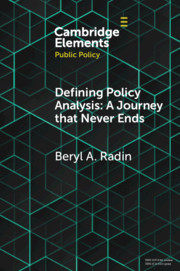
Defining Policy Analysis: A Journey that Never Ends
-
- Published online:
- 19 December 2020
- Print publication:
- 28 January 2021
-
- Element
- Export citation

China's Finance in Africa
- What and How Much?
-
- Published online:
- 17 December 2020
- Print publication:
- 04 March 2021
-
- Element
- Export citation

Unsupervised Machine Learning for Clustering in Political and Social Research
-
- Published online:
- 15 December 2020
- Print publication:
- 28 January 2021
-
- Element
- Export citation
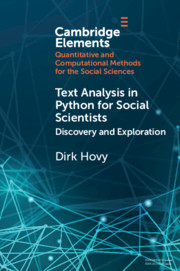
Text Analysis in Python for Social Scientists
- Discovery and Exploration
-
- Published online:
- 14 December 2020
- Print publication:
- 21 January 2021
-
- Element
- Export citation
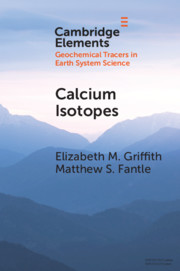
Calcium Isotopes
-
- Published online:
- 11 December 2020
- Print publication:
- 21 January 2021
-
- Element
- Export citation
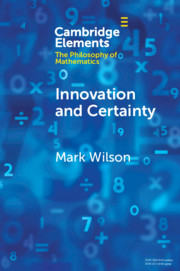
Innovation and Certainty
-
- Published online:
- 10 December 2020
- Print publication:
- 07 January 2021
-
- Element
- Export citation
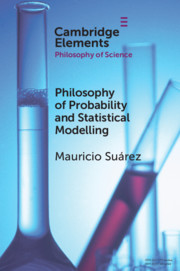
Philosophy of Probability and Statistical Modelling
-
- Published online:
- 10 December 2020
- Print publication:
- 21 January 2021
-
- Element
- Export citation
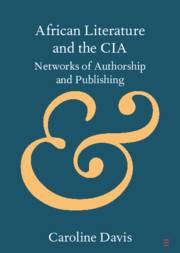
African Literature and the CIA
- Networks of Authorship and Publishing
-
- Published online:
- 10 December 2020
- Print publication:
- 21 January 2021
-
- Element
- Export citation
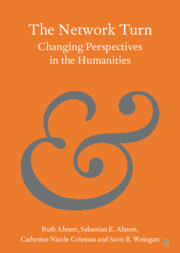
The Network Turn
- Changing Perspectives in the Humanities
-
- Published online:
- 10 December 2020
- Print publication:
- 21 January 2021
-
- Element
-
- You have access
- Open access
- HTML
- Export citation
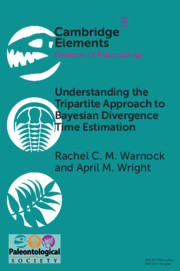
Understanding the Tripartite Approach to Bayesian Divergence Time Estimation
-
- Published online:
- 08 December 2020
- Print publication:
- 04 February 2021
-
- Element
- Export citation
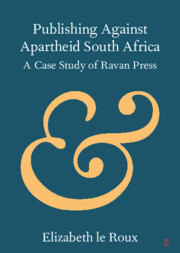
Publishing against Apartheid South Africa
- A Case Study of Ravan Press
-
- Published online:
- 08 December 2020
- Print publication:
- 07 January 2021
-
- Element
- Export citation
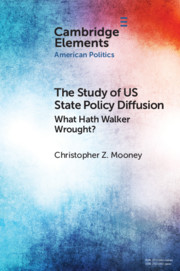
The Study of US State Policy Diffusion
- What Hath Walker Wrought?
-
- Published online:
- 04 December 2020
- Print publication:
- 07 January 2021
-
- Element
- Export citation
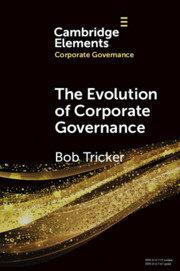
The Evolution of Corporate Governance
-
- Published online:
- 04 December 2020
- Print publication:
- 07 January 2021
-
- Element
- Export citation
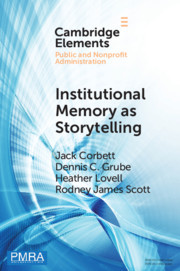
Institutional Memory as Storytelling
- How Networked Government Remembers
-
- Published online:
- 03 December 2020
- Print publication:
- 24 December 2020
-
- Element
- Export citation

A Practitioner's Guide to Discrete-Time Yield Curve Modelling
- With Empirical Illustrations and MATLAB Examples
-
- Published online:
- 03 December 2020
- Print publication:
- 07 January 2021
-
- Element
- Export citation
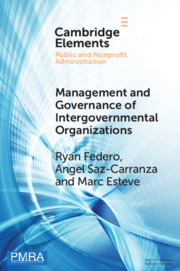
Management and Governance of Intergovernmental Organizations
-
- Published online:
- 03 December 2020
- Print publication:
- 07 January 2021
-
- Element
- Export citation
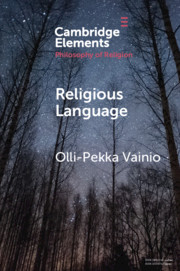
Religious Language
-
- Published online:
- 02 December 2020
- Print publication:
- 24 December 2020
-
- Element
- Export citation
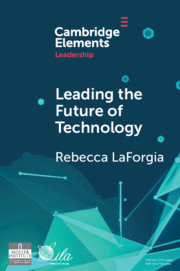
Leading the Future of Technology
- The Vital Role of Accessible Technologies
-
- Published online:
- 30 November 2020
- Print publication:
- 04 February 2021
-
- Element
- Export citation
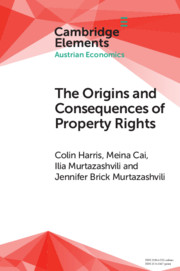
The Origins and Consequences of Property Rights
- Austrian, Public Choice, and Institutional Economics Perspectives
-
- Published online:
- 30 November 2020
- Print publication:
- 24 December 2020
-
- Element
- Export citation
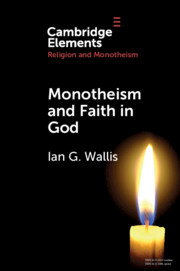
Monotheism and Faith in God
-
- Published online:
- 28 November 2020
- Print publication:
- 24 December 2020
-
- Element
- Export citation
